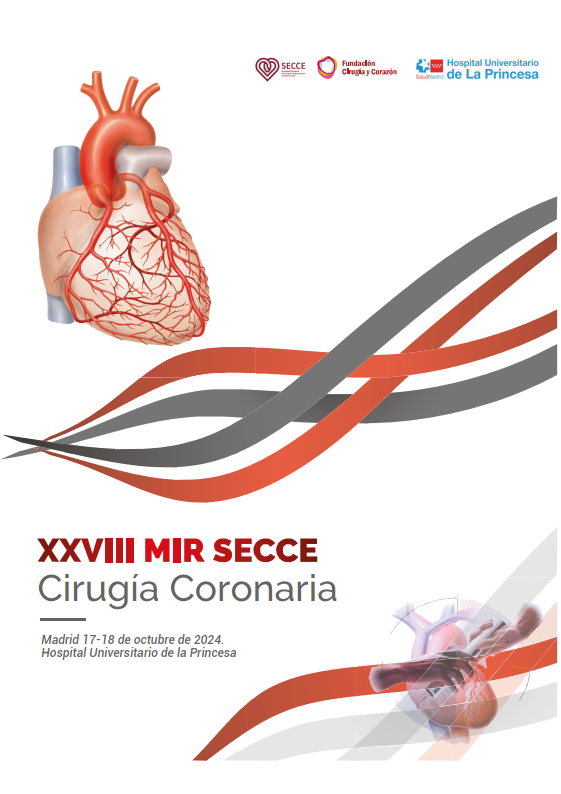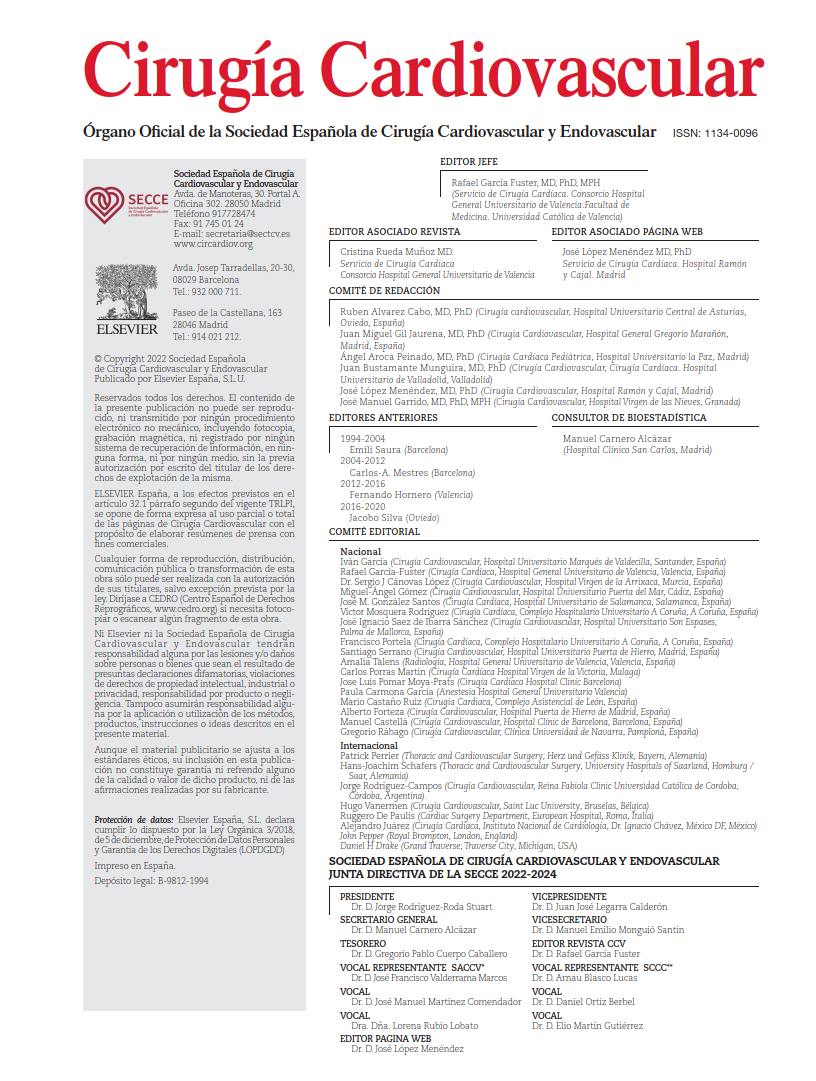The use of HCA for brain protection during aortic arch surgery was first described over five decades ago by Griepp et al. Since then, a long-standing tenet in cardiac surgery has held firm: “if I use central hypothermia and work fast enough, my patient will be safe.” However, the widely accepted safety threshold of 25–30 minutes for HCA is mostly supported by early and crude clinical endpoints, such as mortality and overt neurologic events, rather than more nuanced postoperative outcomes. This is precisely the value of the present study: challenging the concept of a universally “safe” duration of circulatory arrest.
The randomized GOT ICE trial was specifically designed to explore the neurophysiologic effects of hypothermia during HCA. A total of 308 adult patients from three U.S. centers (Emory University, Duke University, and the University of Pennsylvania) undergoing aortic arch surgery through median sternotomy with HCA and unilateral antegrade cerebral perfusion were initially recruited. Patients were randomized into three groups according to intraoperative hypothermia depth: deep (≤20°C), low-moderate (20.1–24°C), and high-moderate (24.1–28°C).
The primary endpoint was postoperative cognitive dysfunction, defined as a ≥1 SD decline in at least one of five cognitive domains: structured verbal memory, unstructured verbal memory, visual memory, executive function, and concentration. A battery of standardized neuropsychological tests was conducted preoperatively and at 4 weeks postoperatively. In addition, patients enrolled at Duke University underwent resting-state functional magnetic resonance imaging (rs-fMRI).
This subanalysis focuses on the subset of patients who underwent HCA of less than 20 minutes (170 of the 228 who completed postoperative neurologic testing).
Of the patients analyzed, 40.6% (69 of 170) exhibited postoperative neurocognitive dysfunction, with no statistically significant differences between temperature groups (p = .81). While this incidence was lower than the 50% observed in those with HCA durations >20 minutes (representing a 1.25-fold higher risk), statistical significance could not be established given the post hoc nature of this analysis. In the imaging subcohort (n = 43), a significant inverse association was found between HCA duration and functional connectivity of the right superior frontal gyrus—a region implicated in higher-order cognitive processes. The authors conclude that even short durations of HCA, traditionally deemed safe, are associated with neurocognitive impairment in a substantial proportion of patients, regardless of the degree of hypothermia. These findings call for a critical reassessment of current paradigms in cerebral protection.
COMMENTARY:
This study raises an uncomfortable but necessary question: can HCA durations under 20 minutes—despite the use of antegrade cerebral perfusion and systemic hypothermia—truly be considered safe? The answer it provides, grounded in functional evidence rather than solely clinical outcomes, is clear: not necessarily.
The study’s greatest strength lies in its design—a randomized trial with a well-defined cohort, validated neurocognitive assessment tools, and, notably, the inclusion of functional brain imaging, a rarity in cardiac surgery research. The identification of a disconnectivity pattern in the right frontal lobe reinforces the notion that brain injury may be subclinical, localized, and only detectable through advanced techniques. That nearly 40% of patients experienced cognitive decline, even with short HCA durations, is clinically relevant—particularly since these patients had no major neurologic events such as stroke.
While strategies like unilateral cerebral perfusion with moderate hypothermia have shortened operative times and reduced the risks associated with deep hypothermia, this study challenges the assumption that such approaches ensure full neuroprotection. The lack of significant differences between hypothermia groups (<20 minutes of HCA) suggests that, within this time window, systemic temperature may not substantially alter the risk of cognitive dysfunction.
Ultimately, this study reminds us that the brain does not always sound alarms through overt symptoms like stroke or seizures. Sometimes the damage is silent—but no less consequential. Cognition, quality of life, and long-term functional outcomes must be prioritized when evaluating results after aortic surgery. In that regard, the findings by Hughes et al. serve as a wake-up call: speed alone is not enough to ensure good outcomes. And perhaps more importantly, not everything in cardiac surgery has been discovered. There are still strategies to develop—and room to improve.
REFERENCE:
Hughes GC, Chen EP, Browndyke JN, Szeto WY, DiMaio JM, Brinkman WT, et al. Neurocognitive Dysfunction After Short (<20 Minutes) Duration Hypothermic Circulatory Arrest. Ann Thorac Surg. 2025;119:343–350. doi:10.1016/j.athoracsur.2024.09.015



